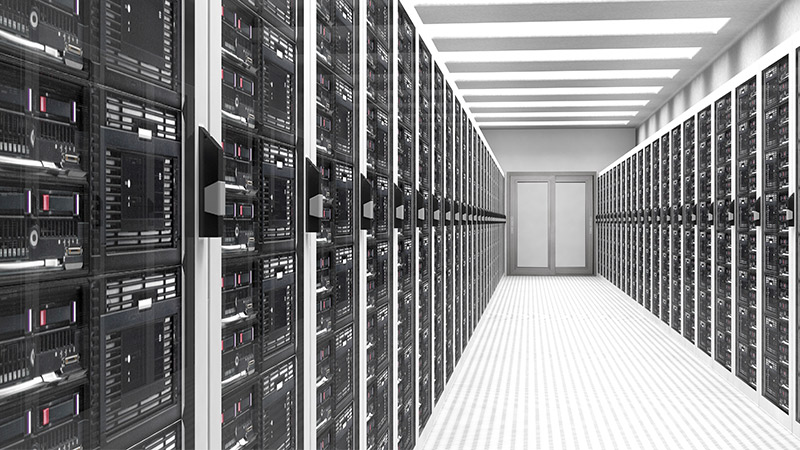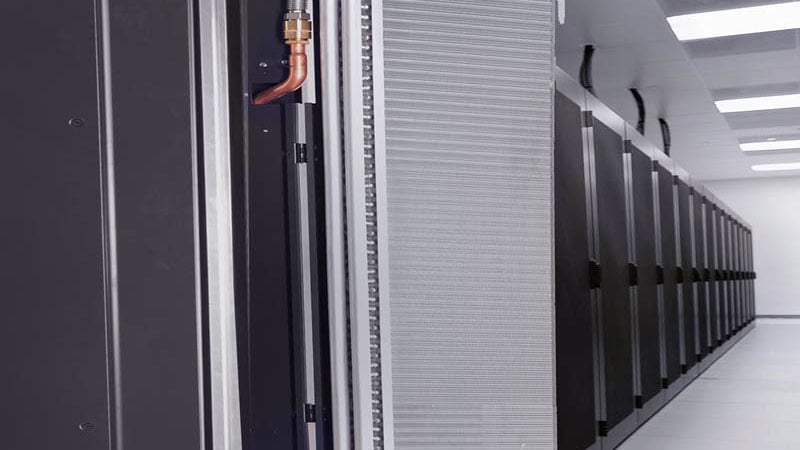As the world increases its digital footprint for everything from gaming to banking and healthcare to entertainment, the pressure on data centers and their storage capacity is getting stronger. With an increased need for data processing comes the need to strengthen infrastructure to protect availability. This has a significant impact on data center cooling costs.
It is a fact that data centers consume a large amount of energy, in no small part due to the operation of cooling equipment. According to an Energy Procedia publication, energy consumed cooling data center IT equipment is between 30% and 55% of the total data center facility energy consumption.
As climate change continues to alter the region’s thermal conditions, the requirements for cooling systems are even more critical. As the Uptime Institute warns, “the risks associated with global pandemics and those from climate-increasing summer temperatures have put a strain on the cooling of many data centers, and this is likely to worsen in the years ahead”.
In addition, the Uptime Institute highlights that extended high temperatures and humidity significantly impact the viability and the return on investments in cooling technologies. An outdoor air temperature increase of as little as 4°F/2°C could make free air and evaporative systems ineffective on their own, and uneconomical in some situations.
This is even more critical in countries with high temperatures and humidity, like Brazil. Cloudscene indicates there are 250 Connectivity Service Providers, 132 Managed Service Providers, 79 Hosting & Cloud Providers and 62 Colocation Providers in Brazil, most of them in Sao Paulo and Río de Janeiro, as these cities are considered key centers for the colocation market. Also, these cities have registered temperatures from 32.6 to 40°C in the past two years.
Updated thermal management systems are vital players in this warm and highly digital scenario to reduce energy consumption and maintain IT system reliability. These are the reasons why:
1. More efficiency
Legacy or aging cooling equipment is not as energy efficient as newer models. Vertiv has identified that an estimated 90% of data center cooling units installed in the past 15 years lack components that could save up to 80% of current energy consumption. Upgrades for cooling units are relatively noninvasive, quick, and cost-effective to implement. Among the most effective are those related to fans, controls, and sensors.
2. Energy and cost savings
Cooling system upgrades allow the data center to become more efficient without the need to replace entire units. At Vertiv we’ve seen how this generates enough cost savings for a total return on investment (ROI) in 2-3 years because:
-
Upgrades to variable-speed fan technologies allow automatical fan-speed modulation according to the system’s needs. This prevents overcooling and can reduce fan energy consumption by as much as 76%.
-
Control upgrades can improve energy efficiency by as much as 10-20% for each cooling unit and up to 50% across the cooling system.
-
Sensor upgrades provide more exact temperature measurements that dictate the cooling capacity that is needed.
3. Risk management
Sustained high temperature and humidity are risks to the data center. Updated thermal management systems can reduce those risks and help ensure availability in the data center.
Latin America has been projected by the United Nations as one of the regions most heavily affected by climate change, with large fluctuations in temperature and rainfall levels. An example of this was seen in South America at the beginning of November 2022. In Chile the high temperatures caused fires and heat waves, and on the other side of the mountain range, frosts were recorded in Argentina and snow in the south of Brazil.
More than ever, data centers are being forced to add mechanical (direct expansion) cooling capacity to their systems if they want to survive heat changes and digital demands. The priority should always be the reliability of the system and return on investment should be secondary, but still important.
When planning upgrades, make sure to always detail the equipment costs and payback periods. The upgrade should make financial sense, considering that payback periods vary depending on the age of the equipment and the company's goals in managing the product's life cycle.
Vertiv’s experts can help you define the right upgrades according to the age and capabilities of your current cooling systems. For more information on our thermal management services, click here.






